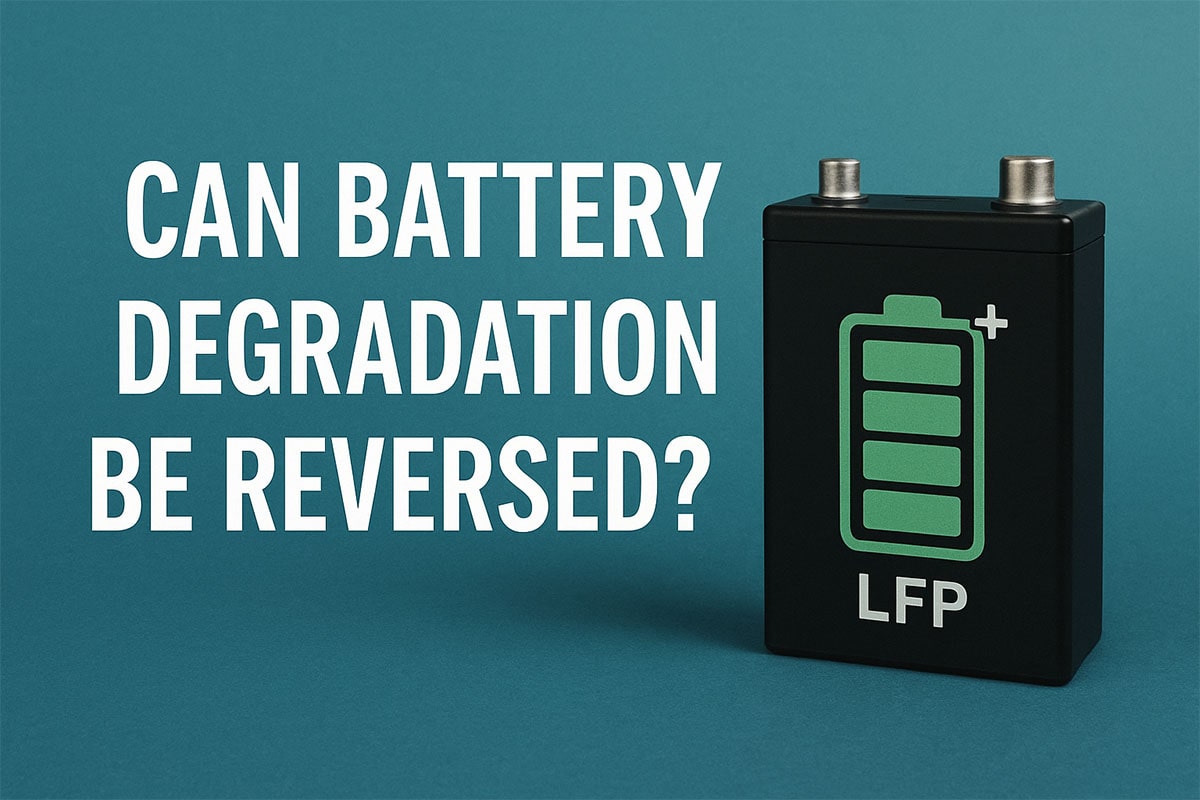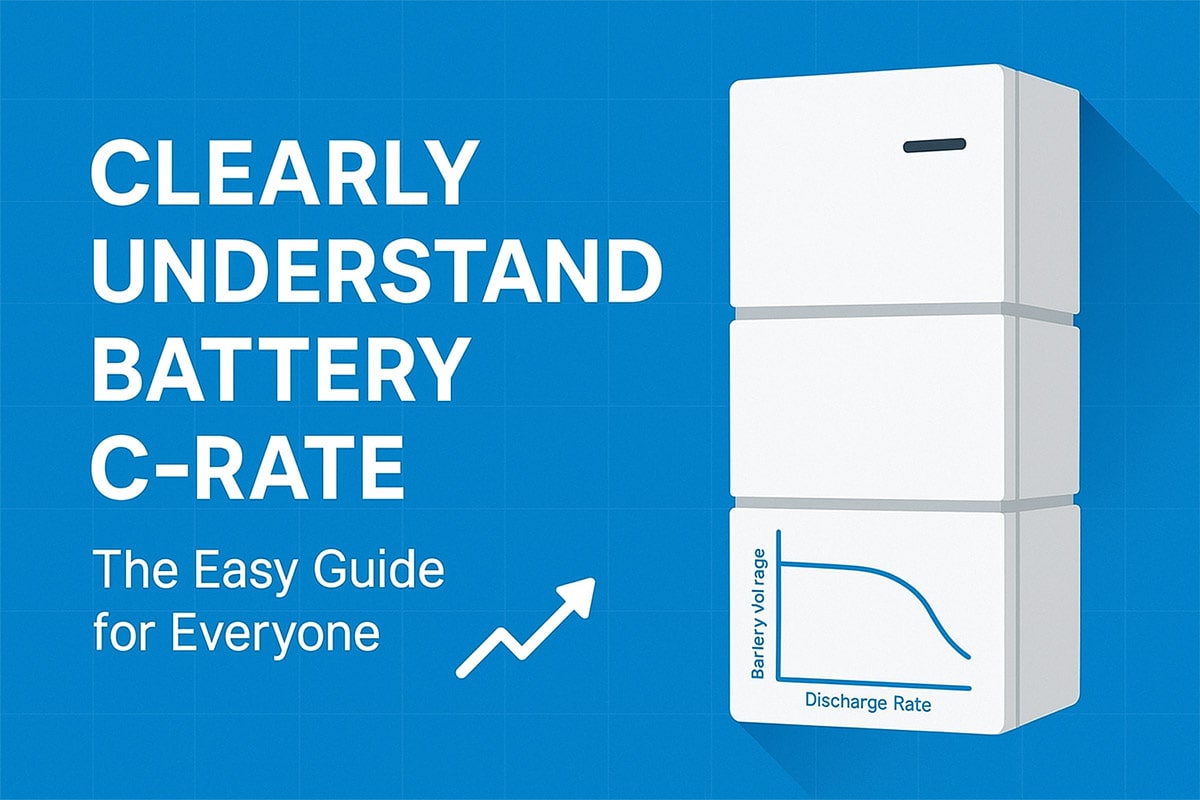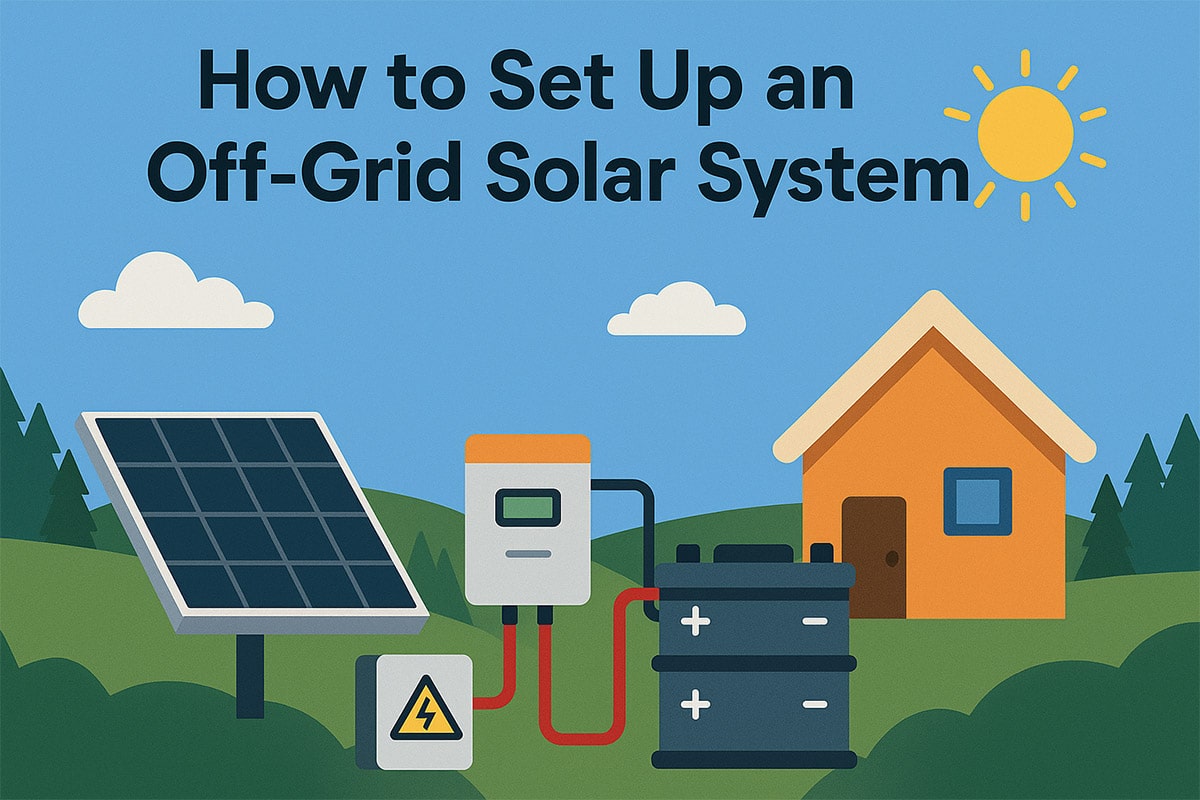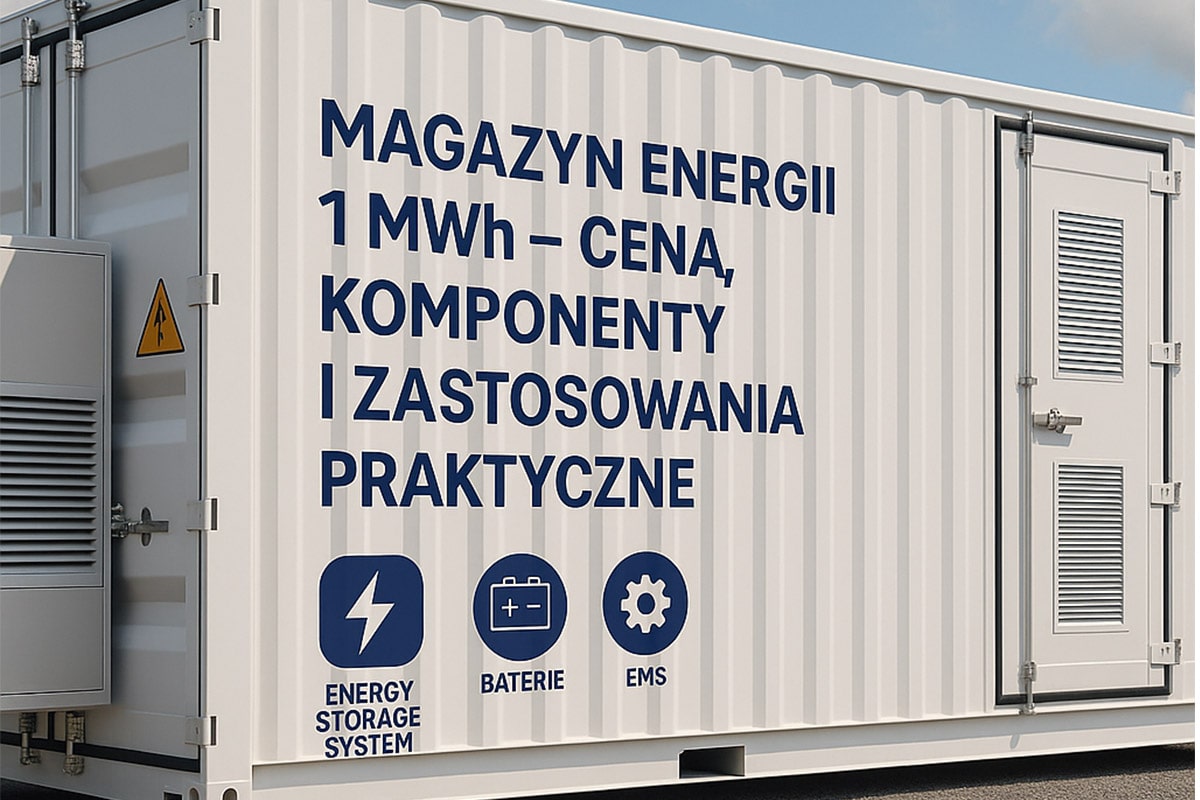The Difference between Energy Storage Battery and Power Battery
The Difference between Energy Storage Battery and Power Battery
The technology and product goals pursued by energy storage cells and power cells are different—power batteries pursue high energy density and have low requirements on life; while energy storage batteries pursue long life and high consistency, but high power The requirements are not high. There are certain differences between the two, and fewer and fewer can be shared on the production line. In the planning of many leading lithium battery companies, setting up special production lines for energy storage batteries has been put on the agenda. So what is the difference between energy storage batteries and power batteries?
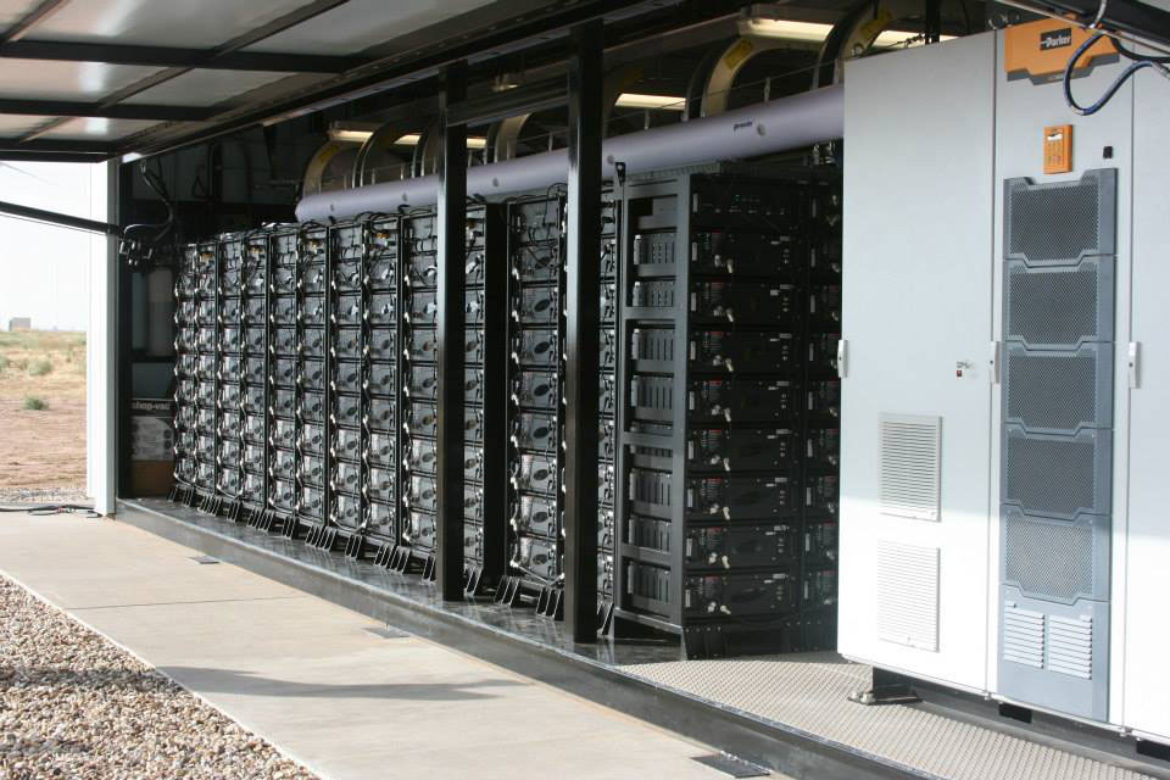
1.Practical applications have different requirements on the performance and service life of the two
According to the classification of application fields, lithium-ion batteries can be divided into consumer, power and energy storage batteries. At present, power batteries and energy storage batteries are the areas with the greatest potential for future development of lithium batteries. Batteries for electric vehicles and batteries for energy storage devices are essentially energy storage batteries.
There is no difference in technical principles between energy storage batteries and power batteries, but due to different application scenarios, actual applications have different requirements for the performance and service life of the two.
Power and energy storage battery system products can be divided into battery cells, modules and battery packs according to different product forms. The battery cell is the core basic unit of the power battery product. A certain number of battery cells can be assembled into a module, and further assembled into a battery pack. The final form of application in new energy vehicles is a battery pack.
2.Energy storage battery, power battery system structure and cost composition
A complete electrochemical energy storage system is mainly composed of battery pack, battery management system (BMS), energy management system (EMS), energy storage converter (PCS) and other electrical equipment.
The battery pack is the most important component of the energy storage system; the battery management system is mainly responsible for battery monitoring, evaluation, protection, and equalization; the energy management system is responsible for data collection, network monitoring, and energy scheduling; the energy storage converter can control the storage The charging and discharging process of the battery pack can be used to convert AC to DC.
In the cost structure of the energy storage system, the battery is the most important component of the energy storage system, accounting for 60% of the cost; followed by the energy storage inverter, accounting for 20%, and the EMS (energy management system) accounting for 10%. BMS (battery management system) costs account for 5%, and others account for 5%.
Power battery PACK refers to the battery pack of new energy vehicles, which provides energy for the operation of the whole vehicle. Vehicle power battery PACK is basically composed of the following five systems: battery module, battery management system, thermal management system, electrical system and structural system.
The cost of the power battery system consists of comprehensive costs such as batteries, structural parts, BMS, boxes, auxiliary materials, and manufacturing costs. The battery cell accounts for about 80% of the cost, and the cost of the pack (including structural parts, BMS, box, auxiliary materials, manufacturing costs, etc.) accounts for about 20% of the entire battery pack cost.
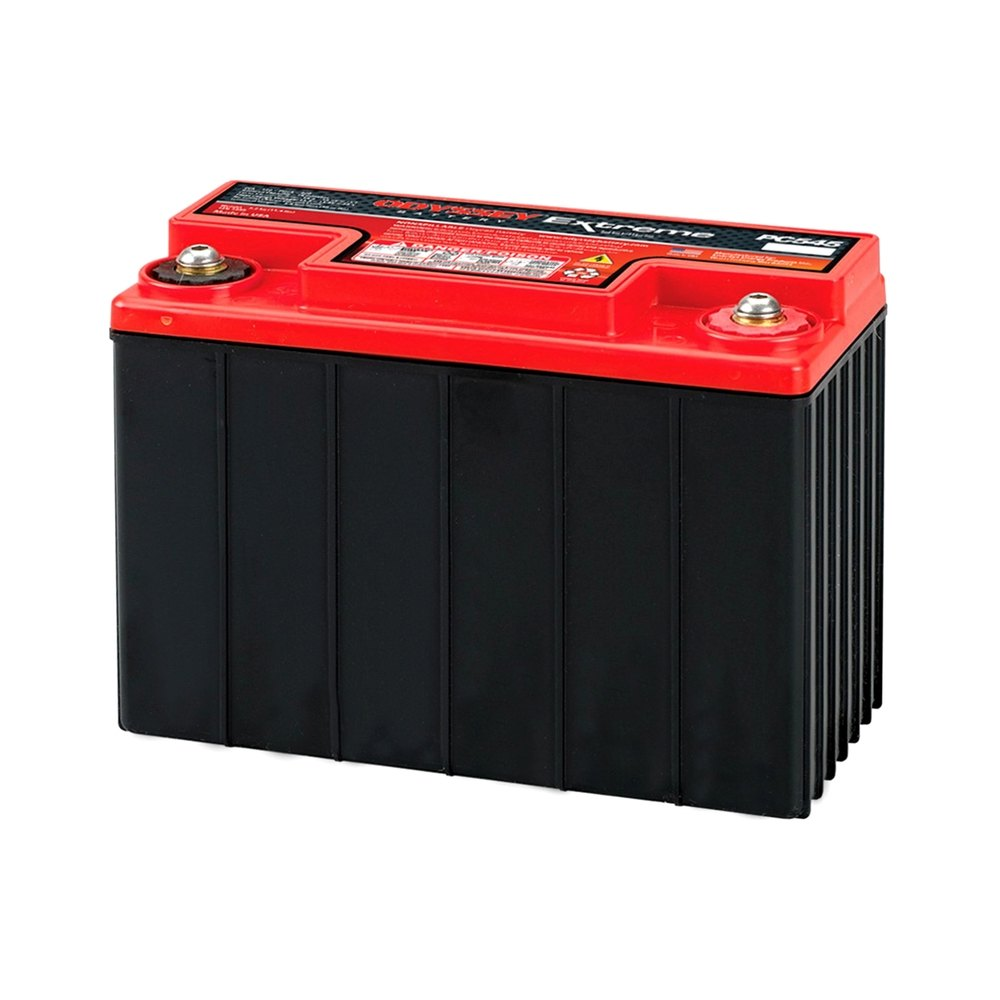
3.BMS difference between energy storage battery and power battery
In the battery pack, BMS (battery management system) is the core, which determines whether the various components and functions of the battery pack can be coordinated, and is directly related to whether the battery pack can provide power output for electric vehicles safely and reliably. Of course, the connection process, space design, structural strength, and system interface of structural parts also have an important impact on the performance of the battery pack.
The energy storage battery management system is similar to the power battery management system, but the power battery system is on a high-speed electric vehicle, and has higher requirements for the battery’s power response speed and power characteristics, SOC estimation accuracy, and the number of state parameter calculations. Relevant adjustment functions also need to be realized through BMS.
4.The cycle life of energy storage battery and power battery is very different
Related to material, compacted density, etc.
Power batteries and energy storage batteries have quite different requirements on cycle life. Taking electric vehicles as an example, the theoretical life of the ternary lithium iron phosphate battery pack is 1200 times. According to the frequency of use, it is fully charged and discharged once every three days, and 120 times a year. The calendar life of the ternary lithium battery reaches ten years.
Energy storage batteries are charged and discharged more frequently. Under the premise of the same 10-year calendar life, there are higher requirements for cycle life. If energy storage power stations and household energy storage are charged and discharged once a day, energy storage lithium batteries The cycle life is generally required to be greater than 3500 times. If the charge and discharge frequency is increased, the cycle life requirement is usually required to reach more than 5000 times.
From the perspective of battery structure, factors such as material type, positive and negative compaction density, moisture, coating film density and other factors will affect the battery cycle performance.

